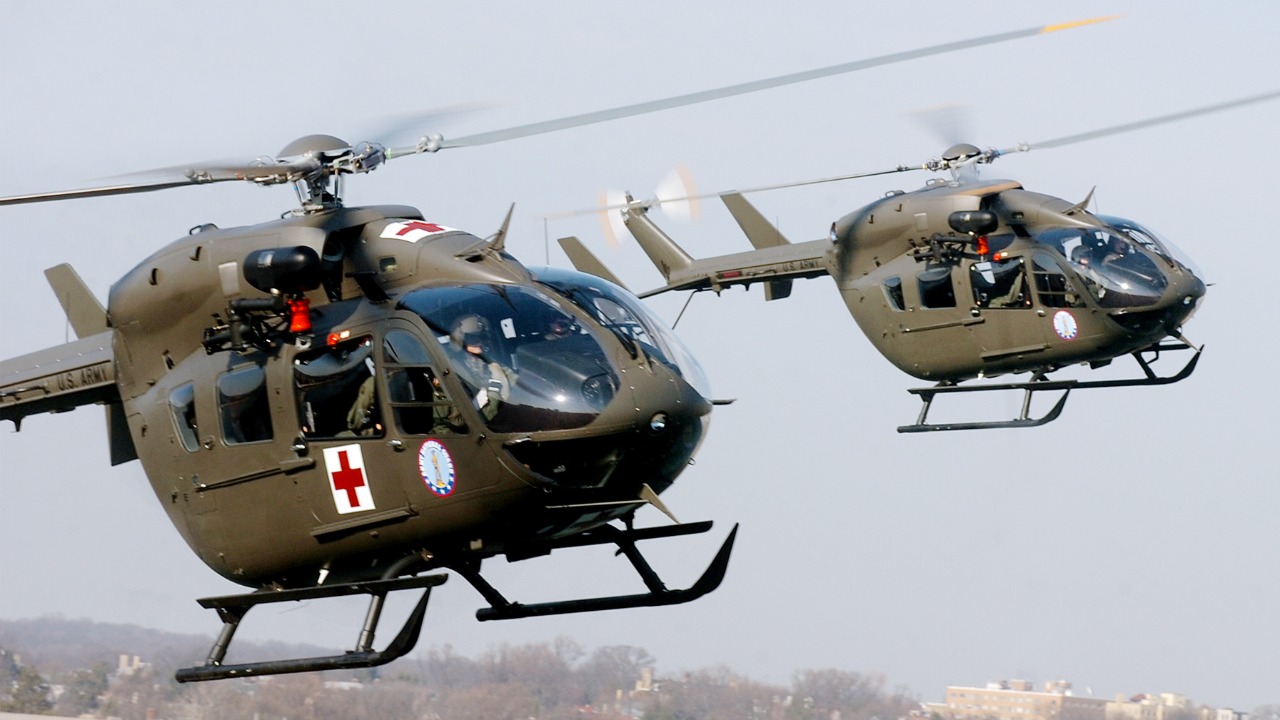
Boeing and Leonardo have announced a partnership to offer the AW119T single-engine helicopter to the U.S. Army as part of the Flight School Next initiative aimed at modernizing aviator training. This collaboration focuses on providing advanced training capabilities to replace aging UH-72 Lakota helicopters currently used in Army flight schools. The move positions the AW119T, produced by Leonardo with Boeing handling U.S.-based integration and support, as a key contender in the Army’s Future Affordable Acquisition of Aircraft program.
Partnership Background
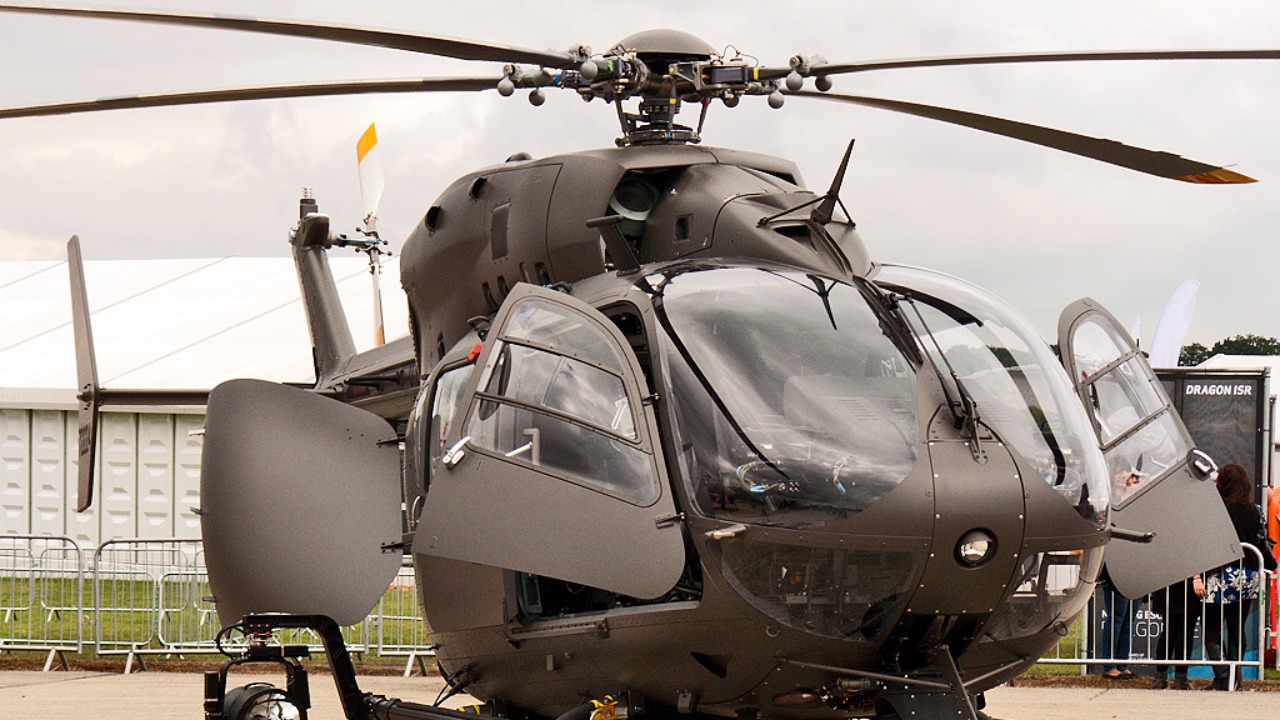
The Boeing-Leonardo team was formed with Leonardo as the original equipment manufacturer of the AW119T and Boeing bringing its expertise in U.S. military integration to the table. This strategic alignment leverages Boeing’s prior experience with Army aviation programs and Leonardo’s global helicopter portfolio. The partnership was announced on October 13, 2025, in response to the Army’s request for proposals under the Flight School Next initiative.
Boeing’s experience with Army aviation programs and Leonardo’s extensive global helicopter portfolio make this partnership a strategic alignment. The announcement of their collaboration on October 13, 2025, comes as a response to the Army’s request for proposals under the Flight School Next initiative.
AW119T Helicopter Specifications
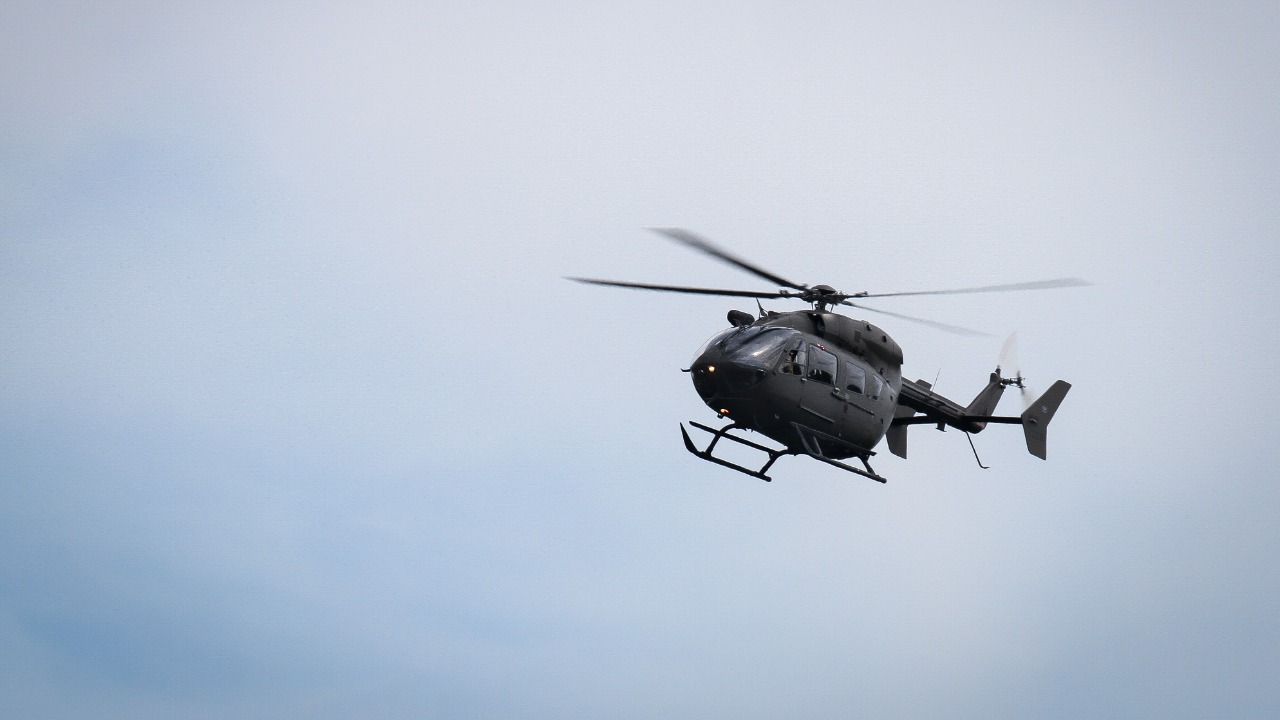
The AW119T is a single-engine design, powered by a Pratt & Whitney PT6E-67C turboshaft engine producing 1,000 shaft horsepower, making it suitable for training missions. The helicopter features advanced avionics, including a Garmin G1000H NXi flight deck, and has a capacity for four trainees plus instructors.
Notably, the AW119T boasts a crashworthy airframe and requires less maintenance compared to twin-engine alternatives. These features make it a strong contender for the Army’s training needs, offering a balance of advanced capabilities and practicality.
Fit for U.S. Army Training Needs
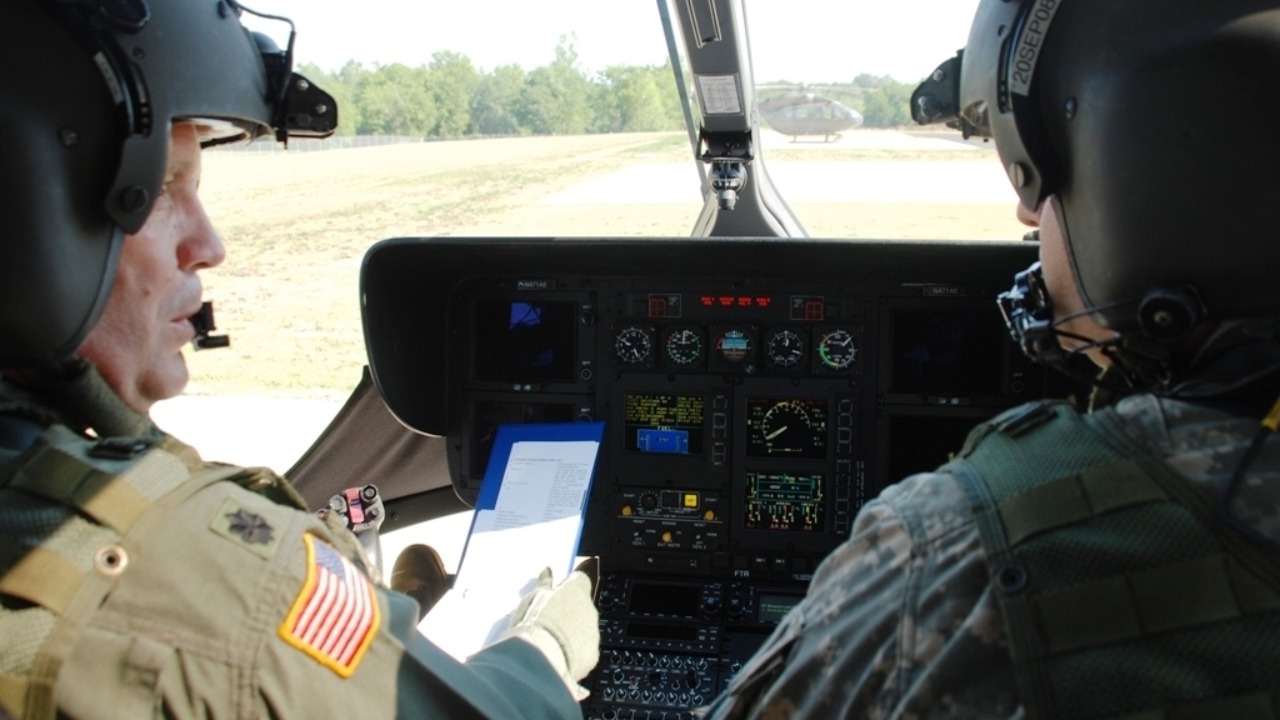
The AW119T addresses the Army’s requirement for up to 420 new training helicopters to support Flight School Next at locations like Fort Novosel, Alabama. The helicopter is set to replace the UH-72A Lakota fleet, which has been in service since 2007 and is nearing the end of its training lifecycle.
For military use, the AW119T comes with enhancements such as integrated mission systems and simulation compatibility for cost-effective pilot training. These features align with the Army’s modernization efforts and the goal of Flight School Next to provide advanced training capabilities.
Competitive Landscape
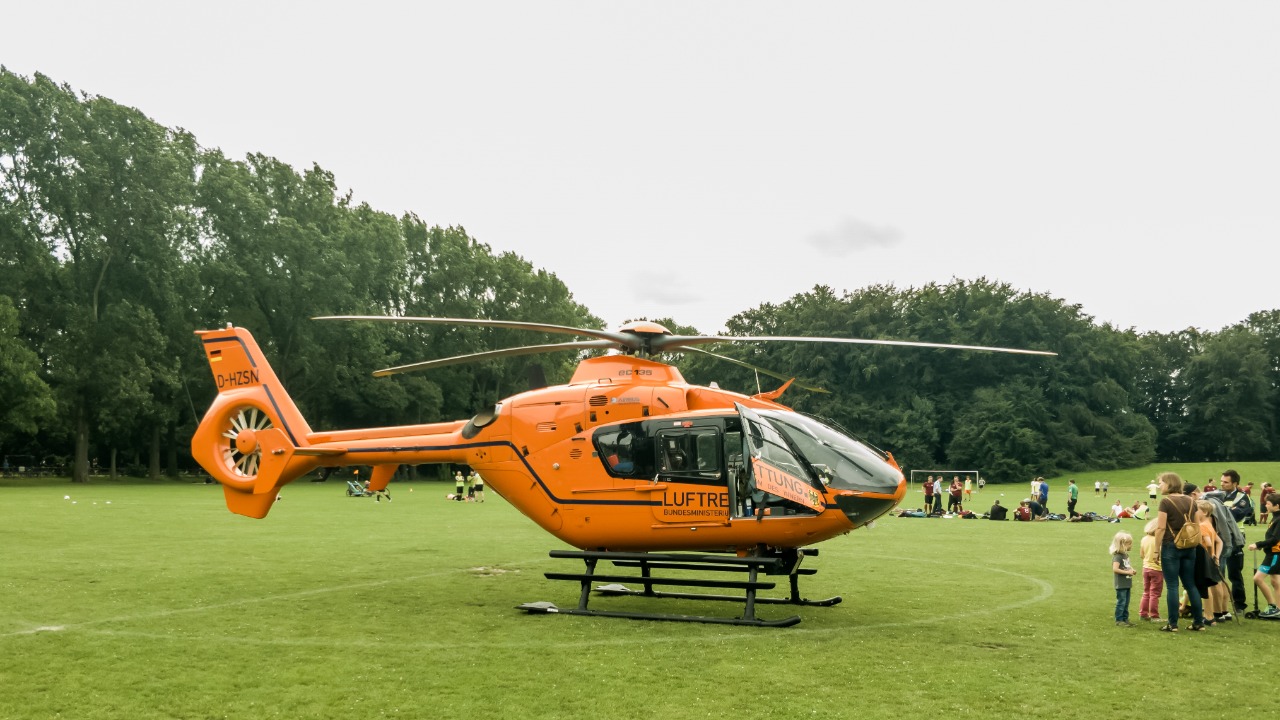
Competition in the sector includes Airbus Helicopters with the H135 and Bell with the 505. However, the AW119T positions itself as a cost-competitive single-engine option. The Army’s Future Affordable Acquisition of Aircraft program emphasizes affordability, with the AW119T offered at an estimated unit cost under $5 million.
The U.S. Army’s evaluation criteria include lifecycle costs and domestic production capabilities. Boeing’s involvement in the partnership ensures domestic production capabilities, further strengthening the AW119T’s position in the competition.
Potential Impacts on Army Aviation
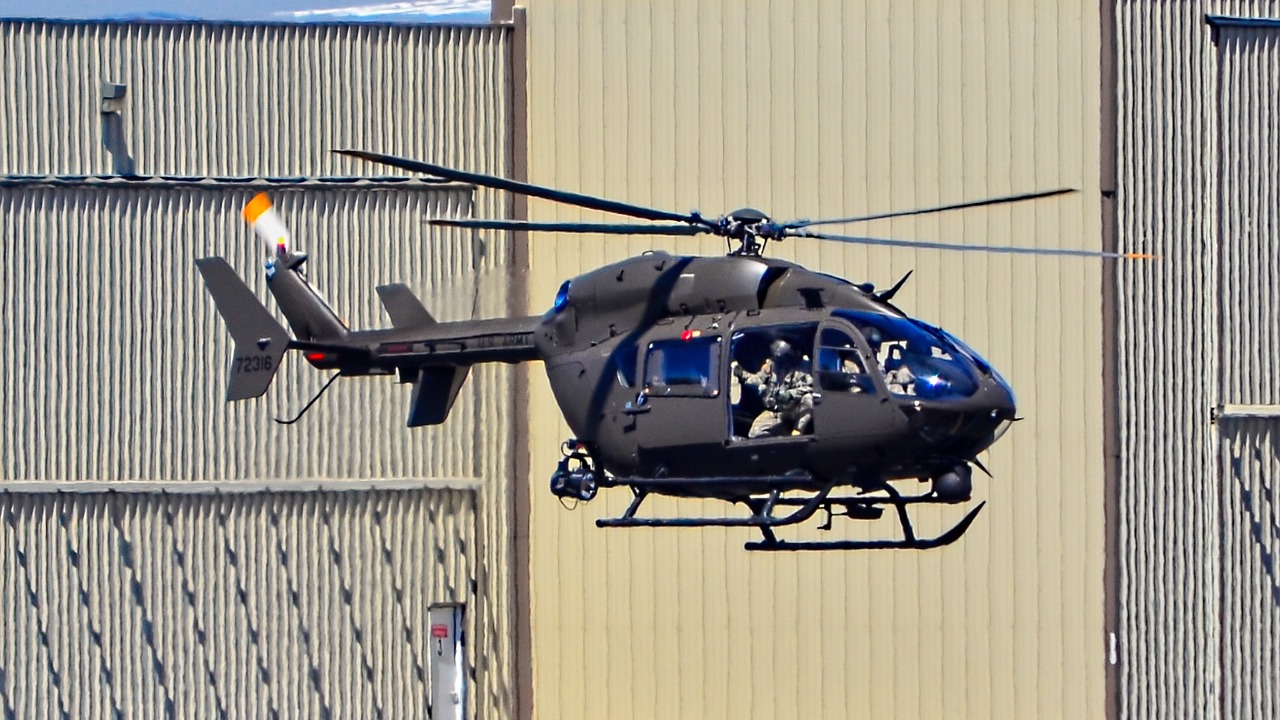
Adopting the AW119T could accelerate pilot production rates to 2,000 new aviators annually under Flight School Next. Boeing’s proposed U.S.-based manufacturing and a 30-year support contract form part of the sustainment plans, ensuring long-term viability.
As a Flight School Next program director noted, “This partnership brings proven technology to enhance our training efficiency.” This statement underscores the potential of the AW119T to modernize Army aviator training and increase efficiency.
Broader Industry Implications
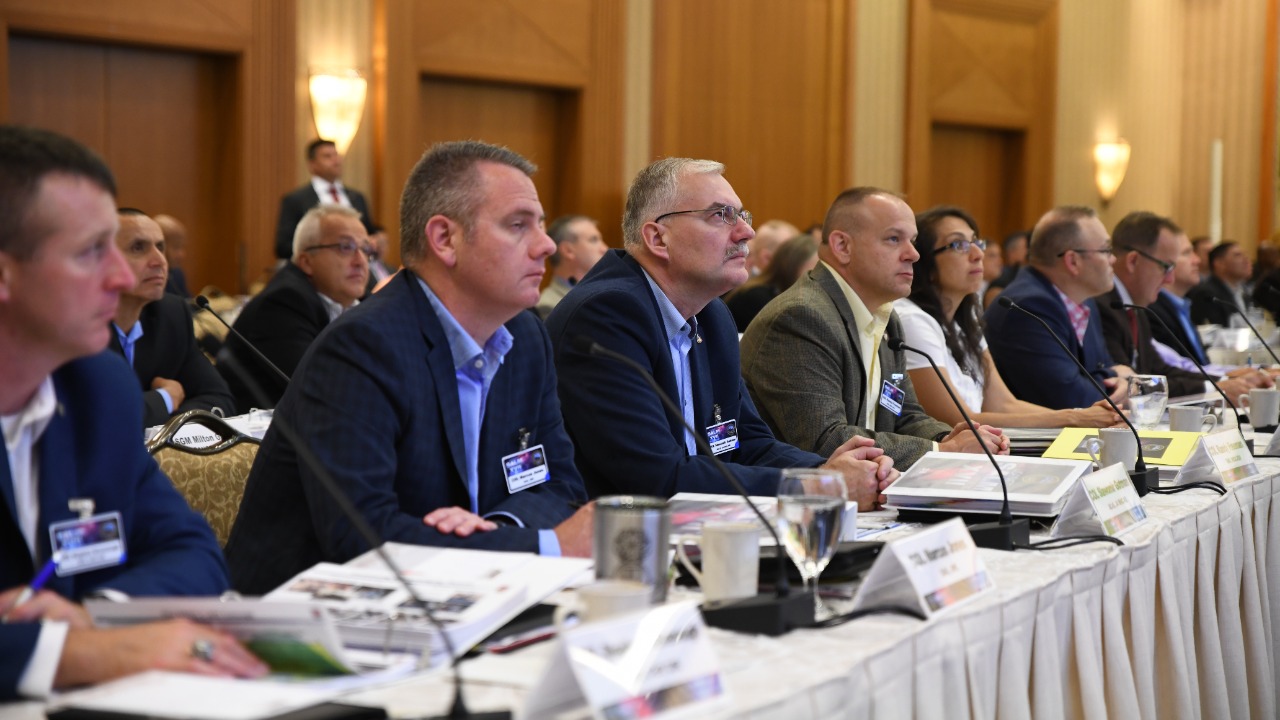
This collaboration could facilitate Leonardo’s expansion in the U.S. market, leveraging Boeing’s defense contracts. The partnership could also have ripple effects on international sales of the AW119T, given U.S. Army validation.
Furthermore, the AW119T’s lower fuel consumption offers environmental and operational benefits, contributing to sustainable training operations. This aligns with broader trends in the industry towards more sustainable practices and could set a precedent for future military aircraft acquisitions.